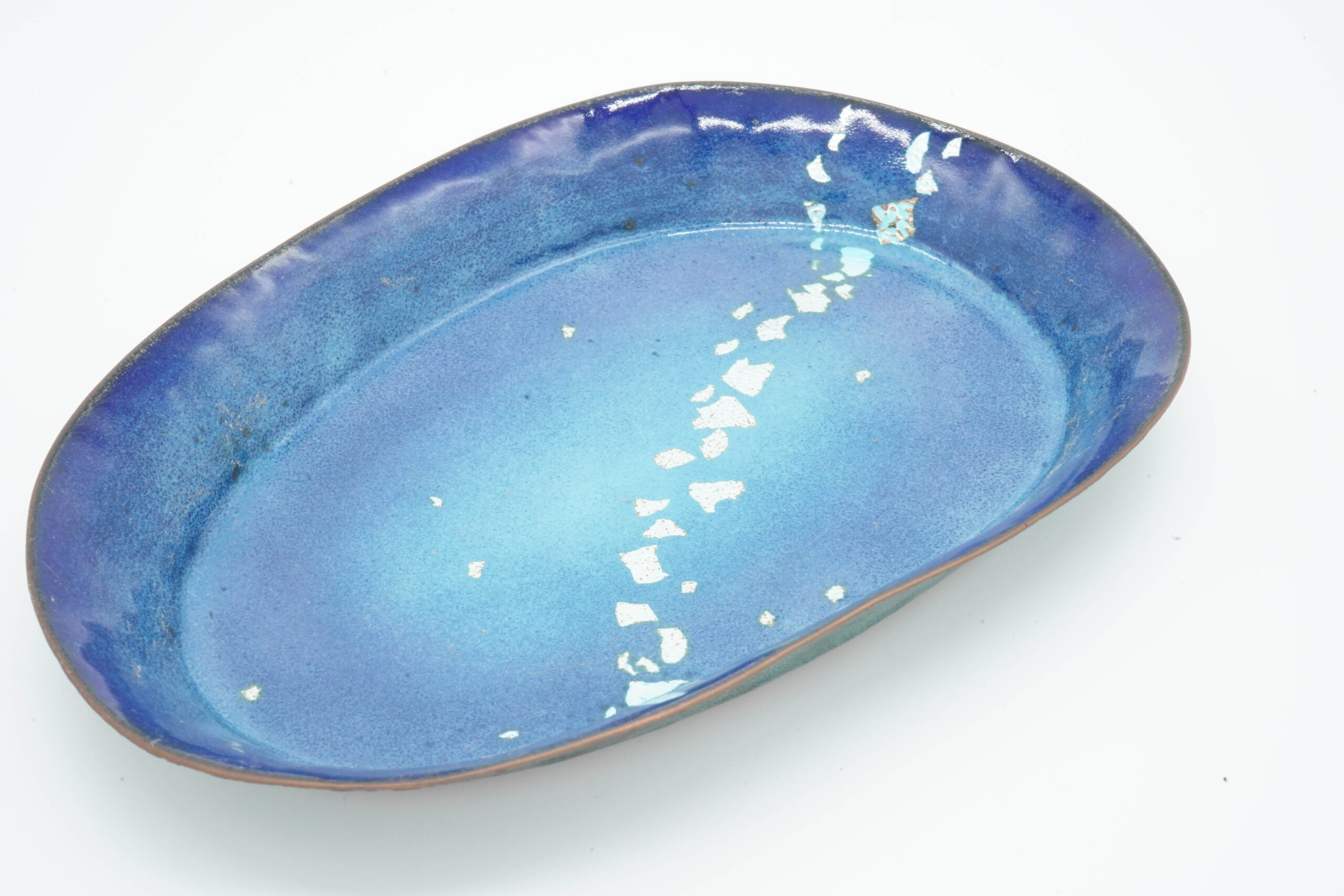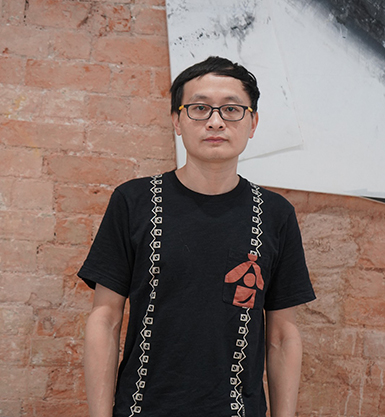Copper with Enamel, Brass
$2,800
1 in stock
Pick up at Crafts on Peel in Central, Hong Kong during business hours
or Local Express Delivery (paid by receiver)
Product Story
Making use of traditional raising and sinking techniques, Anthony So forms the basic shape of the tea tray where layers of enamel glaze are coated at high temperature, giving it a gem-like veneer. Silver leaves are used to create patterns and imageries that embody oriental aesthetics.


Anthony So
Metalsmith
Hong Kong
“Hand-made objects are full of vitality. The more they are used, the more mellow and quaint they become.”
Anthony So is a full-time metalsmith. He has been fascinated with painting during his secondary school years. After becoming an animator, he continued to study Western art and began to explore sculptures, which enlightened him in craft creation. In 2012, Anthony started exploring metalwork and subsequently developed his own brand, NeedfulThings. To create unique handicrafts that combine the craftsmanship of forging, enamelling and metalwork, and channelling the traditional aesthetics into innovative designs, NeedfulThings believes that the beauty of craftsmanship is the traces of personality that are embedded in the object. To perpetuate traditional craftsmanship, craftsmen would have to be diligent in coming up with evolving designs, and society should also support local craftsmanship, as transaction is the best means to preserve, and usage is the best way of passing on.
Anthony would like to share two important points with fellow craftsmen which he personally thinks are crucial:
1. The spirit of craftsmen
The idea of the “spirit of craftsmen” refers to the establishment of a good value system, as this enables the craftsman to remain earnest and pragmatic in developing and evolving his professional skills. It will also prompt the craftsman to self-motivate in enhancing the techniques, in pursuit of quality crafts in a persistent and uncompromising manner.
The “spirit of craftsmanship” allows craftsmen to be respected by society, as their quality handicrafts would be better appreciated compared to mass-manufactured products.
2. “Guard”, “Break” and “Separate”
To “guard” is to follow the master to learn about lifestyle, the basics of training, procedures, sharings and technique.
To “break” is to make use of the knowledge acquired from the master, and to come up with one’s own ideas through the process of exploration, breakthrough, integration and theoretical reasoning.
To “separate” is the stage where one becomes independent from the master, opening up one’s own avenue and seeking new breakthroughs.
In order to integrate into contemporary life, traditional craftsmanship cannot merely conform to the old rules and traditions, but has to adapt to society’s needs and evolving taste. The key for traditional handicraft to survive in today’s world is to distinguish itself from machine-made products, and to exert its uniqueness which is irreplaceable by works produced by machines.